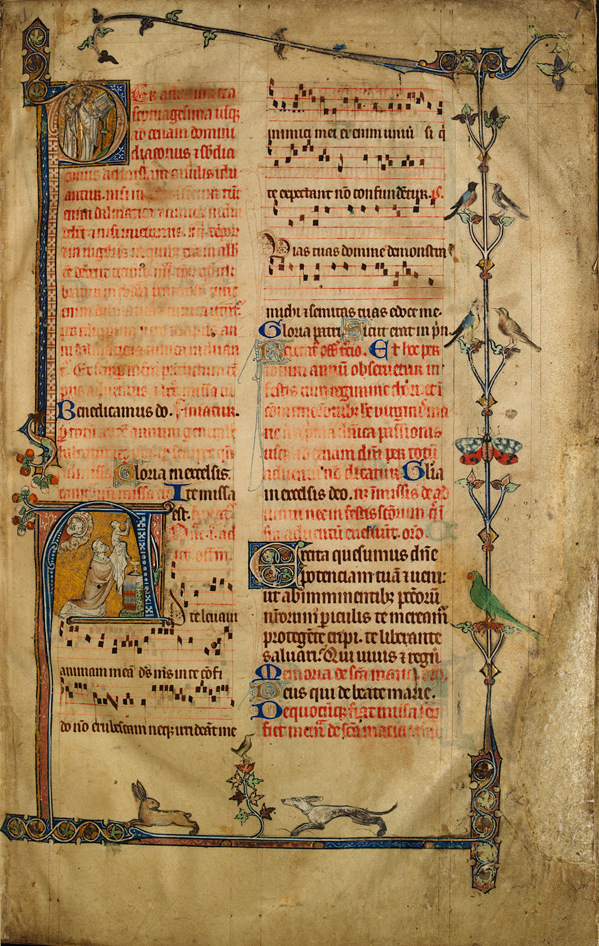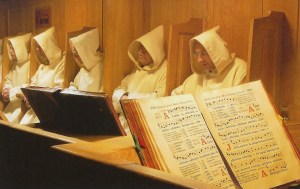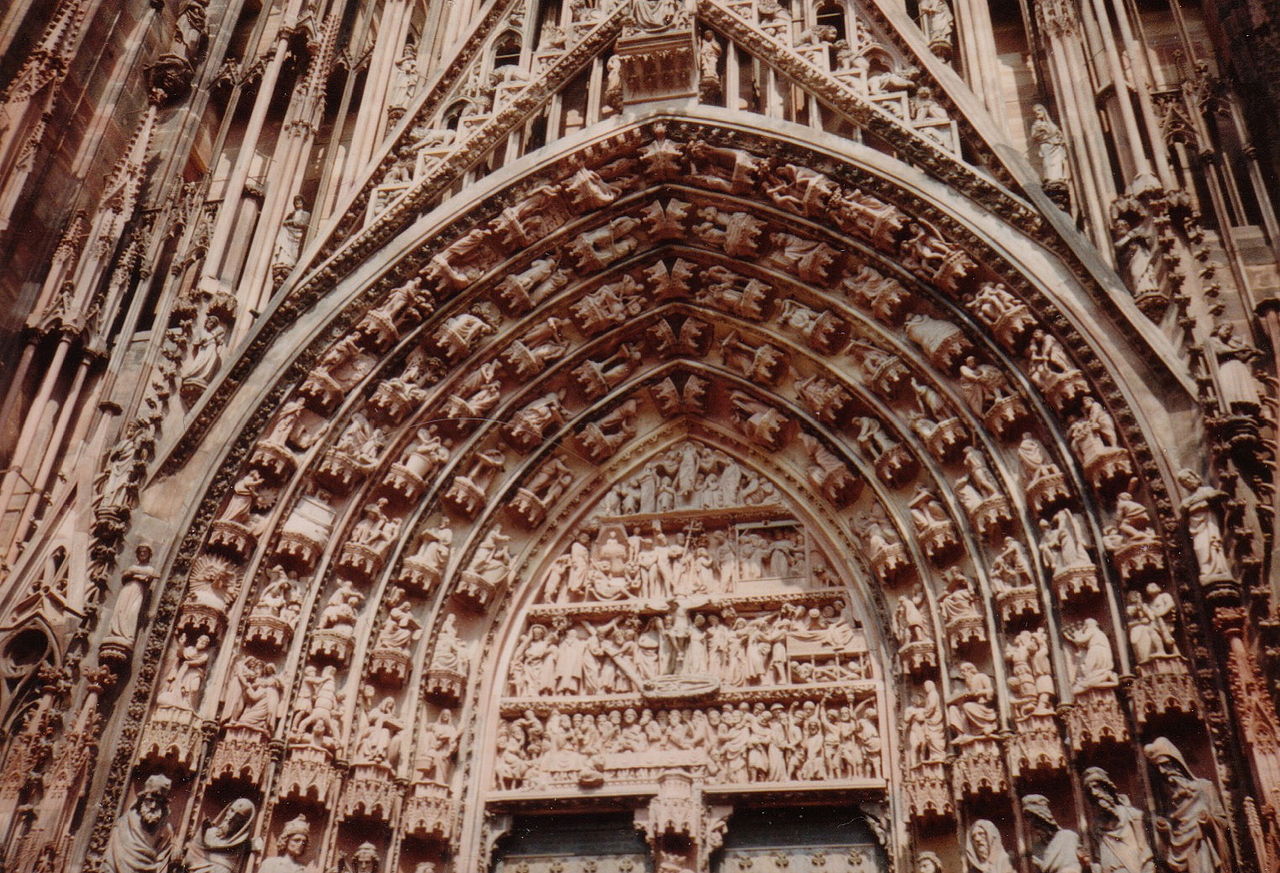Thus, are all these Anniversaries Solemnised in the Season after Pentecost, a time when we give all our thoughts to The Church and to The Saints, of whom our Temples are the living image.
The Basilica of Saint Peter, on The Vatican, and that of Saint Paul-without-the-Walls, both erected by Emperor Constantine on the sites of their Martyrdom, are hardly inferior, owing to their origin and importance, to The Basilica of Saint John Lateran. They were also Consecrated by Saint Sylvester on 18 November.
English: Saint Peter's Basilica,
seen from the River Tiber.
Magyar: Vatikánváros látképe.
Italiano: Veduta del Vaticano dal Tevere.
Photo: January 2005.
(Wikimedia Commons)
The Church of Saint Peter is on the site of The Circus of Nero, and, under its High Altar, lie the Sacred Remains of The Head of The Apostles, making it, with Saint John Lateran, the centre of the whole Christian World.
Here is always held The Station of The Saturday in Ember Week, when Holy Orders are conferred; here, also, are held The Stations of The Third Sunday in Advent, and of The Epiphany, and of Passion Sunday, and of Easter Monday, and of Ascension Day, and of Pentecost, and of The Litanies of Saint Mark, and of Rogation Wednesday.
Lastly, it is here that Mass is Solemnly Sung on The Feast of The Holy Apostles, Peter and Paul, on 29 June, and on The Feasts of The Chair of Saint Peter at Rome, 18 January, and of The Chair of Saint Peter at Antioch, 22 February.
English: Basilica of Saint Paul-without-the-Walls, Vatican, Italy.
With its length of 432 feet, this Basilica ranks eleventh among the largest Churches in the World.
Français: Basilique Saint-Paul-hors-les-Murs, Vatican, située à Rome, Latium, Italie.
Avec sa longueur de 131,66 mètres, cette Basilique se classe au 11è rang
parmi les plus grandes églises au monde.
Photo: September 2010.
Source: Own work.
(Wikimedia Commons)
This Church, already remarkable in the 4th-Century A.D., was enlarged at a later date and completely rebuilt in the 16th-Century, when it was falling into decay. Pope Julian II and Pope Leo X had recourse to the greatest artists of the age and the combined plans of Bramante and Michael Angelo (sic) raised over the tomb of Saint Peter the greatest and richest Church in the World, which Pope Urban VIII Consecrated on 18 November 1626.
The Basilica of Saint Paul-without-the-Walls, situated on the other side of Rome, was also built in the 4th-Century A.D., over the tomb of The Apostle of The Gentiles. On account of the distance, it was only used for The Station four times a year: On The Feast of Holy Innocents; on Sexagesima Sunday; on The Wednesday of The Fourth Week in Lent (or Day of The Greatest Scrutiny); and on Easter Tuesday. Mass is Solemnly Celebrated there on The Day of The Commemoration of Saint Paul, on 30 June, and on The Day of His Conversion, 25 January.
Having been destroyed by fire in 1823, the Church was rebuilt by Pope Gregory XVI and Pope Pius IX, and Consecrated by the latter on 10 December 1854. He maintained, however, today's Feast, joining the Anniversary of the two Dedications under the original date of 18 November.
Mass: Terríbilis.















